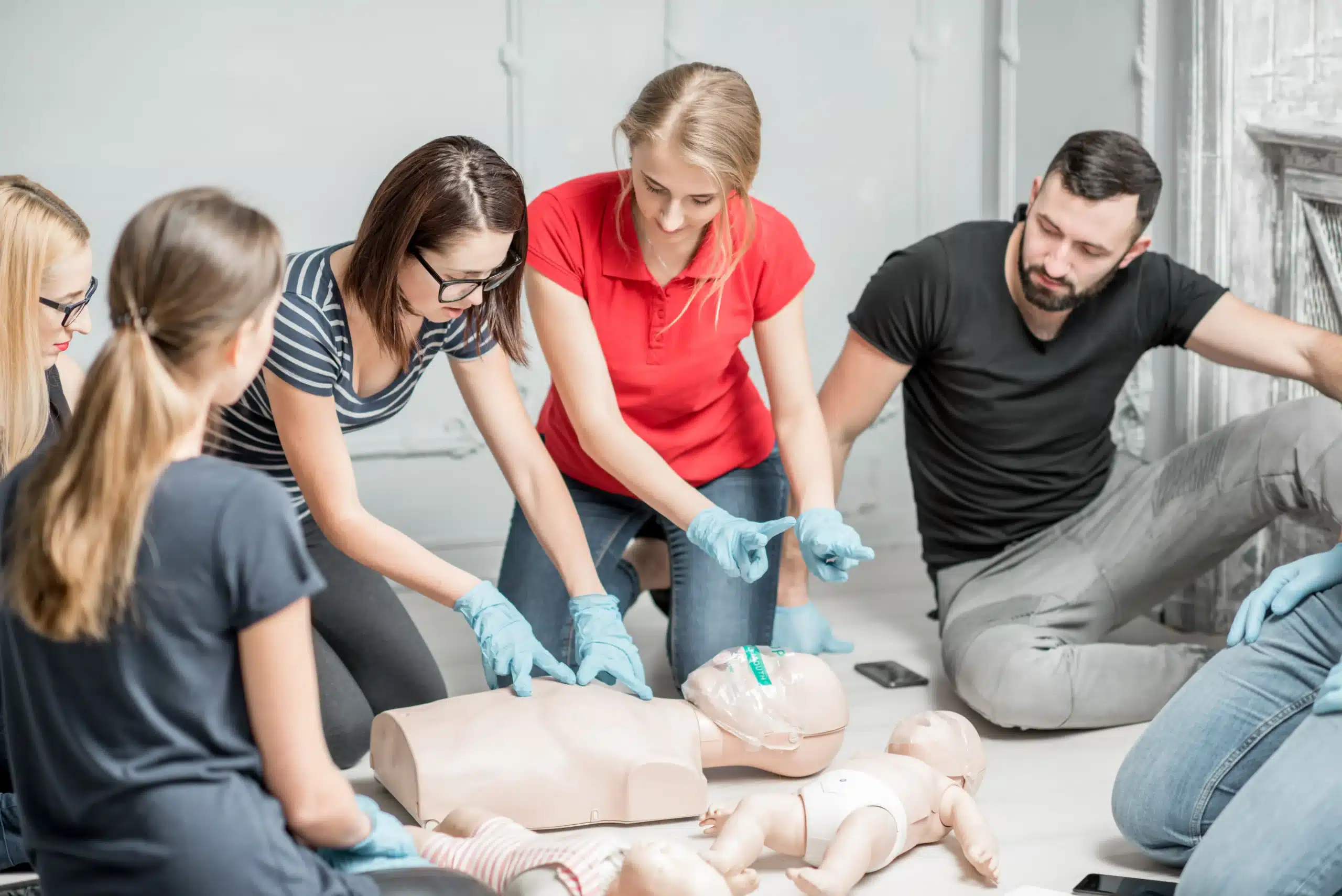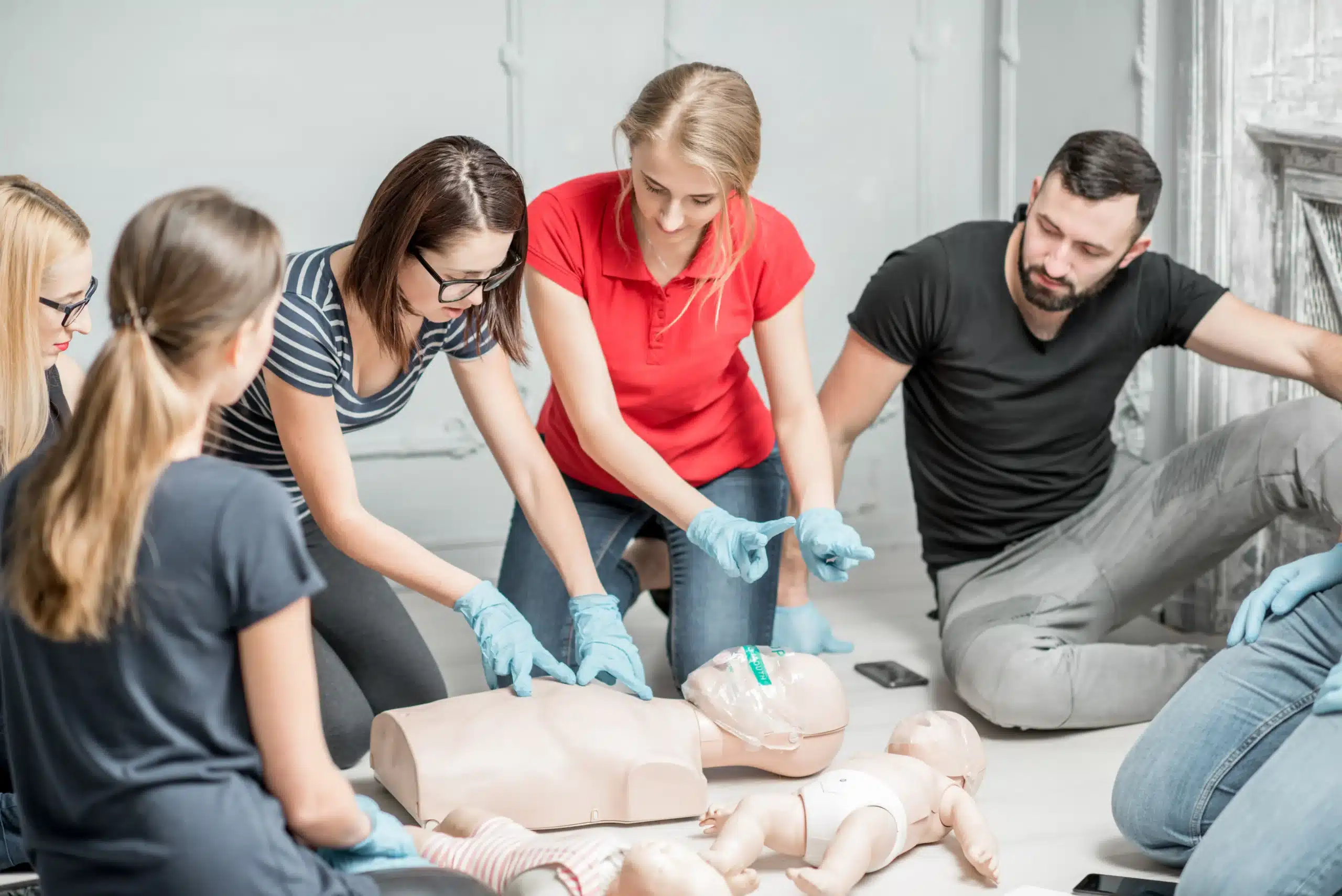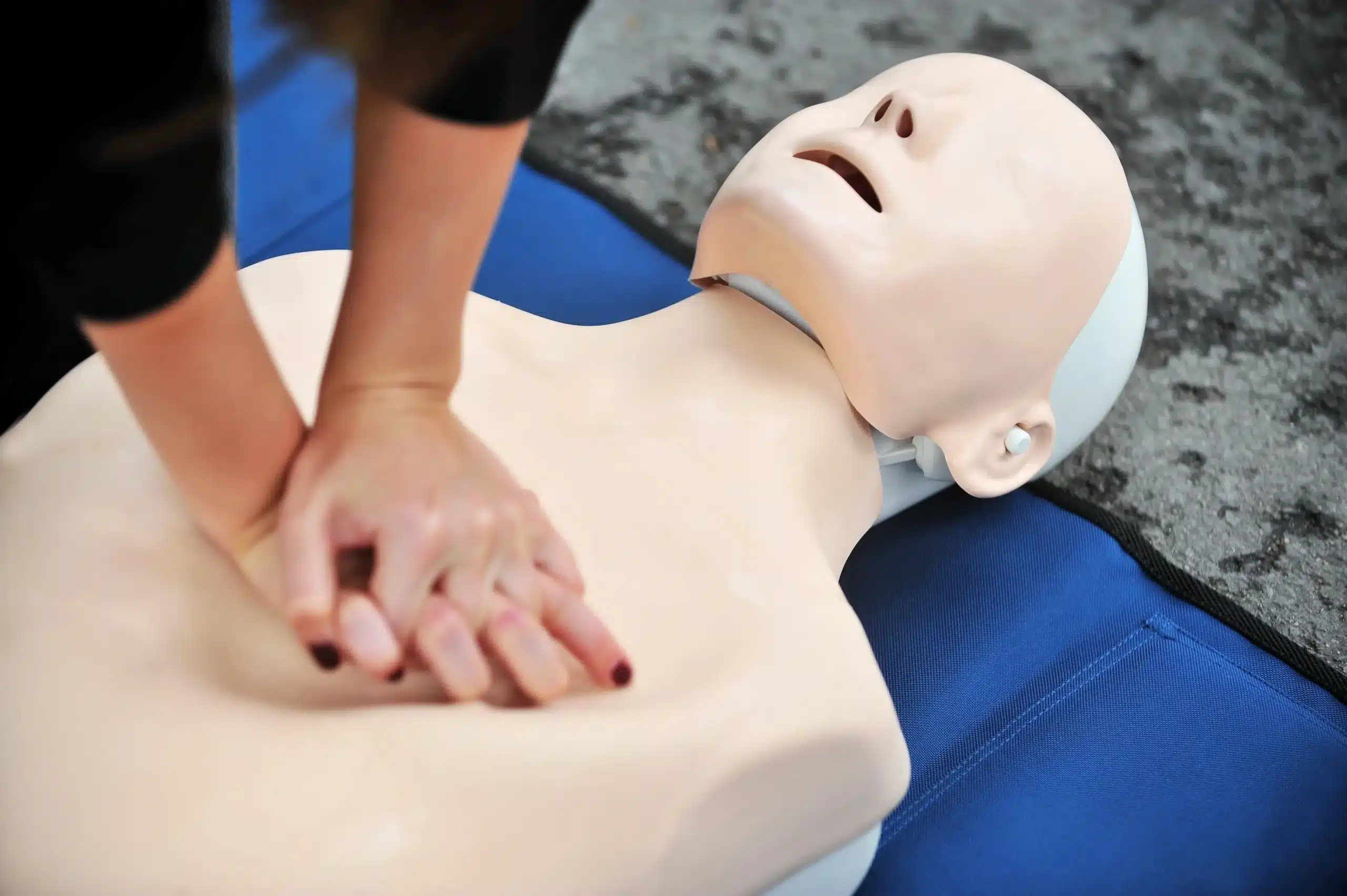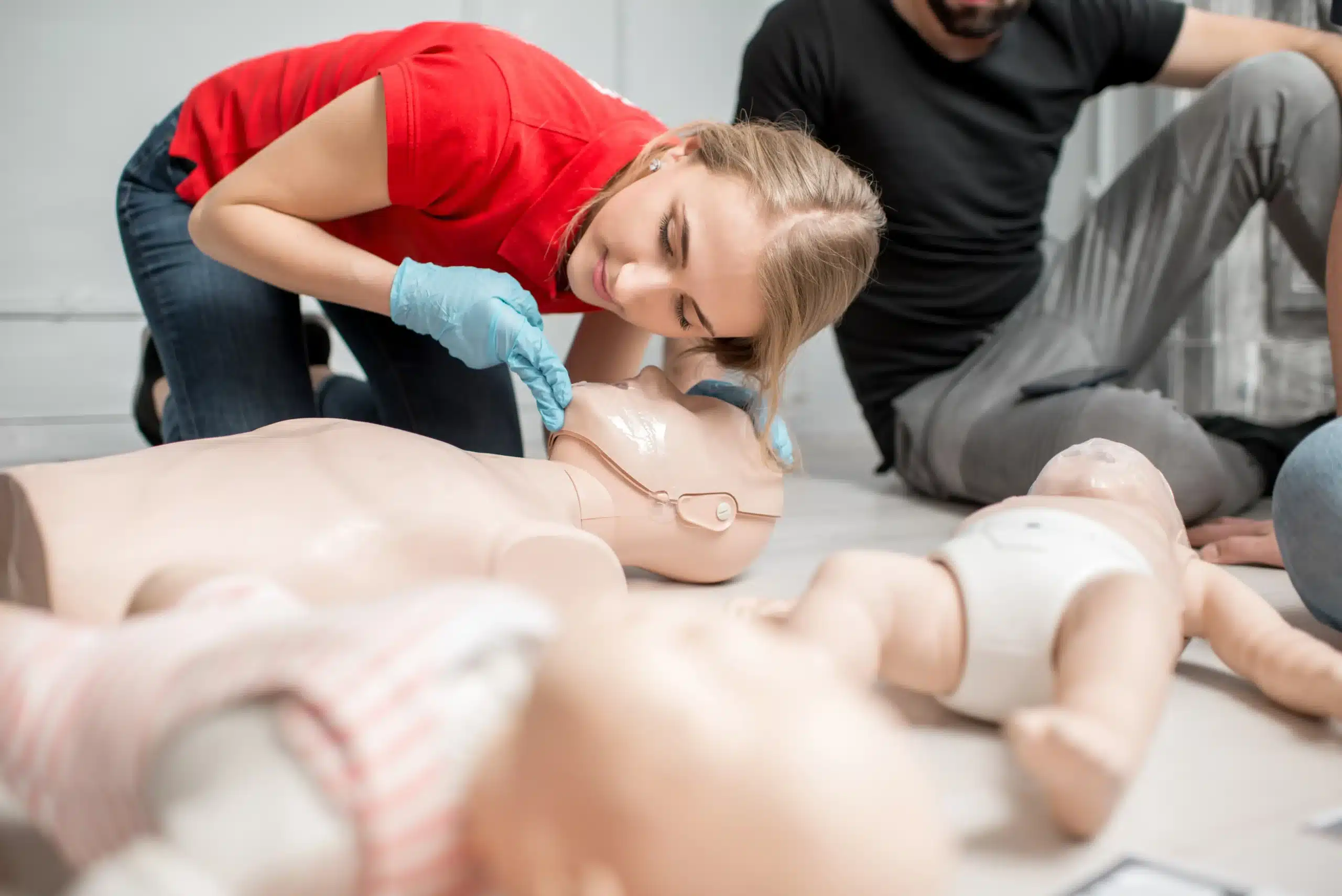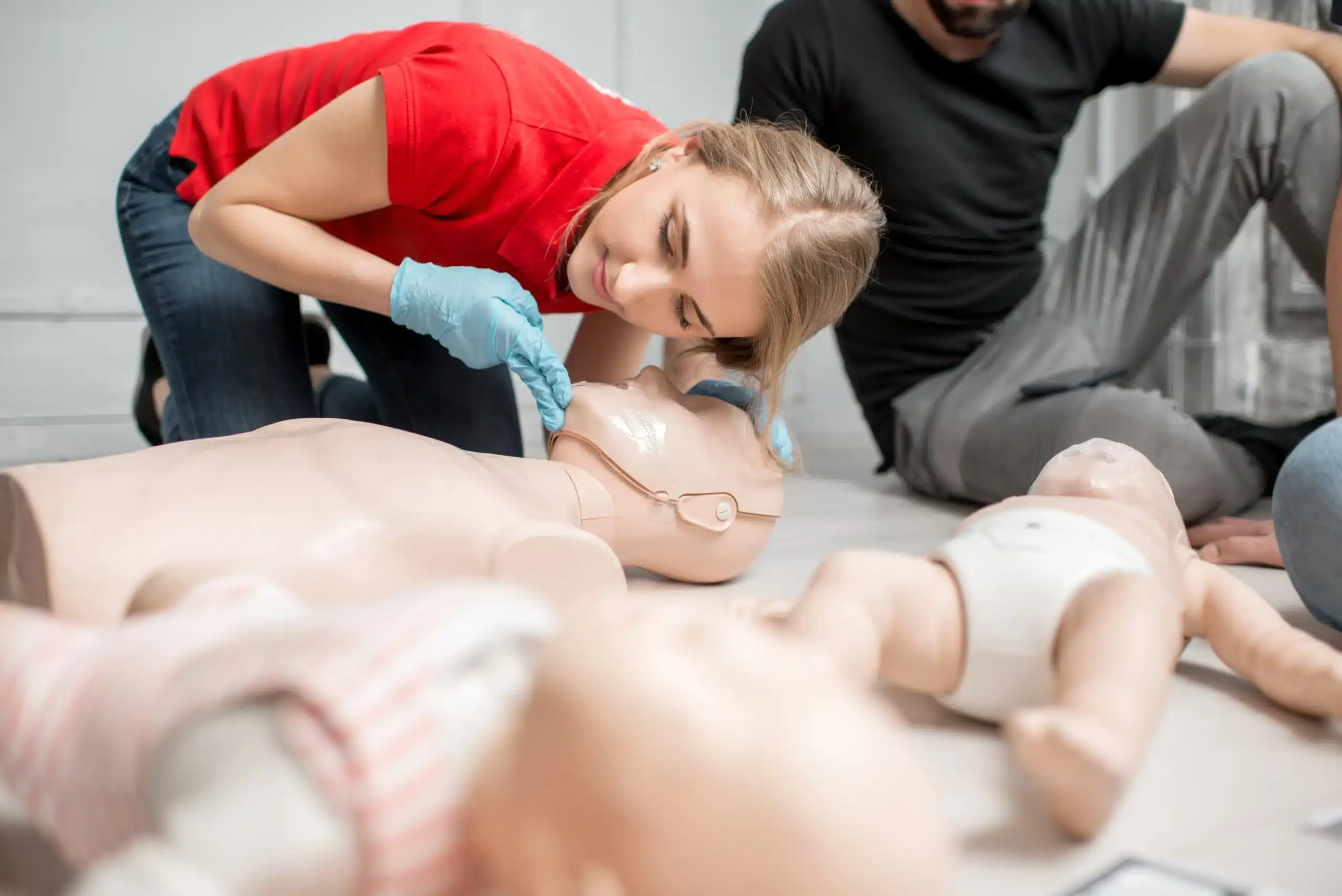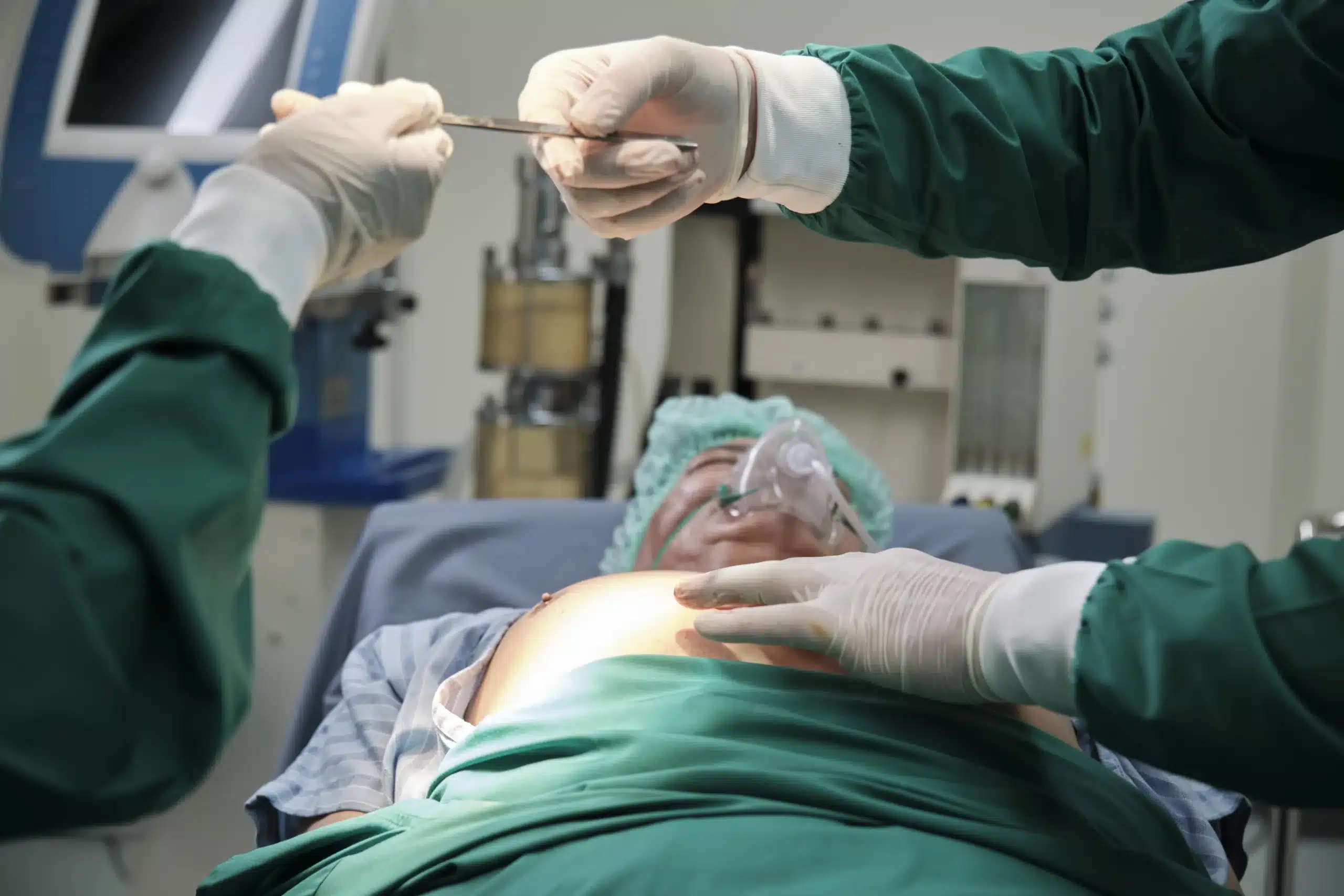Working in healthcare, especially with children, requires a unique blend of compassion, skill, and preparedness. When it comes to pediatric emergencies, having the right training can make all the difference. Pediatric Advanced Life Support (PALS) certification is a crucial credential for healthcare providers in Rohnert Park, providing the advanced skills needed to respond effectively to life-threatening situations in infants and children. This article will explore the importance of PALS, what the training involves, and how it goes beyond basic life support. We’ll also guide you through the process of getting certified in Rohnert Park and highlight the benefits of staying current with your PALS credentials.
Key Takeaways
- PALS is essential for healthcare professionals working with children: It provides advanced skills beyond basic CPR, enabling effective management of pediatric emergencies. Blended learning courses offer a flexible way to gain both theoretical knowledge and practical skills.
- Finding the right training provider is key: Seek out reputable, accredited institutions like Safety Training Seminars, offering blended learning with experienced instructors. Consider factors like cost, schedule, and available resources.
- Staying current with PALS requires ongoing effort: Renew your certification every two years and pursue continuing education to maintain your skills and provide the best possible care. This demonstrates your commitment to staying at the forefront of pediatric advanced life support.
What is PALS?
Pediatric Advanced Life Support (PALS) is specialized training that teaches healthcare providers how to handle medical emergencies in children. It goes beyond basic CPR, covering things like recognizing and treating respiratory problems, heart rhythm issues, and shock. This advanced training builds upon the foundation of basic life support, equipping providers with the knowledge and skills to manage a wider range of pediatric emergencies.
What Does PALS Mean for Healthcare Providers?
PALS certification equips individuals with the skills to recognize and respond to life-threatening emergencies involving children and infants. While Basic Cardiopulmonary Resuscitation (CPR) training is valuable, it doesn’t replace the need for PALS certification for pediatric emergencies. PALS training is crucial for healthcare providers who work with children, giving them the skills to respond effectively. This specialized training can significantly impact a child’s chances of survival and recovery. It emphasizes a systematic approach to assessment, intervention, and stabilization in critical situations.
Key PALS Training Components
The PALS Provider Course aims to improve outcomes for pediatric patients by preparing healthcare providers to recognize and intervene in patients with respiratory emergencies, shock, and cardiopulmonary arrest. It uses high-performance team dynamics and focuses on high-quality individual skills. The course covers essential topics, including airway management, rhythm recognition and treatment, and effective team communication. Blended learning options, like HeartCode PALS, combine online modules with in-person skills sessions. This allows participants to learn at their own speed and practice essential techniques, making it easier for busy professionals to fit the training into their schedules. The hands-on component ensures that providers gain practical experience and confidence in applying their knowledge.
PALS Certification in Rohnert Park
Rohnert Park healthcare providers, if you’re looking to get PALS certified or renew your current certification, this section covers PALS training options in Rohnert Park.
Get Initially Certified
Getting your initial PALS certification involves blended learning. This combines online coursework at your own pace with an in-person skills session led by an American Heart Association (AHA) instructor, like those at Safety Training Seminars. This mix of online learning and hands-on practice builds a strong foundation in pediatric advanced life support. The online portion, HeartCode PALS, lets you work through the material at your convenience.
Renew Your Certification
PALS certification is typically valid for two years. To stay sharp and maintain your skills, renew your certification before it lapses. The renewal process is similar to initial certification and often involves blended learning. Staying certified shows your dedication to providing excellent care and ensures you’re ready for pediatric emergencies.
Course Format and Duration
The HeartCode PALS blended learning format offers flexibility and efficiency. You’ll begin with self-paced online modules covering essential PALS concepts and procedures. After completing the online portion, you’ll schedule an in-person skills session. According to the American Heart Association, this hands-on session usually takes about five hours, including breaks. This part focuses on practicing critical skills and techniques with an experienced instructor.
Blended Learning
Blended learning for PALS certification has several perks. Online PALS courses offer flexibility, letting you learn at your own speed and fit the training around your schedule. They can also be more budget-friendly than traditional courses. The interactive online modules often include engaging content and simulations to reinforce what you learn. The in-person skills session then lets you apply your knowledge in a realistic environment and receive personalized feedback.
Choosing a PALS Training Provider
Finding the right PALS training provider is crucial for a positive and effective learning experience. With several options available, consider factors like reputation, accreditation, course format, and instructor experience. This section highlights a few providers and offers guidance on selecting the best fit for your needs.
Safety Training Seminars
Safety Training Seminars offers a blended learning PALS course that combines online learning with hands-on skills sessions. This approach allows you to learn the material at your own pace, then practice with certified American Heart Association instructors. This combination reinforces learning and builds confidence. They also offer group discounts, making it a cost-effective option for teams.
Vive CPR
Vive CPR provides CPR and first aid certification classes, including PALS, throughout Sonoma County and the San Francisco Bay Area. They work with both healthcare providers and the general public, offering flexibility for various schedules and learning preferences. While they offer comprehensive training, compare their approach with other providers to ensure it aligns with your learning style.
American Heart Association Training Centers
Choosing an official American Heart Association Training Center ensures your PALS certification meets the highest standards. These centers adhere to strict guidelines and use the latest AHA curriculum. Many training centers offer the HeartCode PALS blended learning course, which combines online modules with in-person skills practice. This blended format offers a solid foundation in pediatric life support principles.
What to Look For in a Provider
When selecting a PALS training provider, prioritize reputable and accredited institutions. A blended learning approach, combining online modules with hands-on skill sessions, is often effective for learning and retaining information. Consider instructor experience, course format, and overall cost. Reading reviews and comparing providers can help you find the best fit for your needs and learning style. Also, check if the provider offers additional resources, like practice exams or refresher courses, to support your ongoing learning.
Prepare for Your PALS Course
Getting ready for your PALS course involves understanding the prerequisites, gathering your study materials, and choosing a learning method that suits you. A little prep work goes a long way!
Prerequisites and Skills
Before you sign up for a PALS course, make sure you meet a few requirements. You’ll need to complete a pre-course self-assessment and acquire the PALS Provider Manual (or e-book). It’s also helpful to have a basic understanding of ECG interpretation, although this isn’t specifically taught in the course. A solid foundation in Basic Life Support (BLS) is also highly recommended, so you’re familiar with core life-saving techniques. If you’re renewing your certification, be sure to have your current PALS card on hand.
Essential Study Materials
The most important resource for your PALS course is the American Heart Association’s PALS Provider Manual. This manual covers all the essential information you’ll need to know for the course and exam. You’ll encounter various learning materials throughout the course, including self-directed content, interactive probes to test your knowledge, and Cognitive Assessment Activities. Familiarize yourself with these different learning formats to get the most out of your study time.
How to Prepare
Think about which learning style works best for you. An online PALS course offers flexibility and convenience, allowing you to learn at your own pace and often at a lower cost. HeartCode PALS is a great blended learning option that combines online modules with a hands-on skills session. This format lets you complete the online portion at your convenience before demonstrating your skills in person. If you prefer a more traditional classroom setting, in-person PALS courses are also available. Consider your schedule, learning preferences, and budget when making your decision.
Get PALS Certified
Getting your PALS certification is a straightforward process. It typically involves a blended learning approach, combining online coursework with in-person skills practice. Here’s a breakdown of each component:
Course Content and Structure
The American Heart Association (AHA) PALS course uses a blended learning format. This means you’ll complete self-paced online modules before attending an in-person skills session. This flexible structure lets you learn the material conveniently and then demonstrate your skills in a practical setting. The online portion covers essential concepts and procedures for pediatric emergencies, providing a solid foundation before practicing your skills.
Hands-on Skills Practice
The in-person skills session is where you’ll put your knowledge into action. Guided by an AHA Instructor, you’ll practice essential techniques like CPR, intubation, and vascular access. This hands-on component is crucial for mastering the skills needed to respond effectively in real-life pediatric emergencies. Expect this portion to take approximately five hours, including short breaks.
Exam and Certification
After completing both the online modules and the in-person skills session, you’ll receive your PALS Provider Course Completion eCard. This certification is valid for two years. Keep track of your renewal date to stay current with the latest guidelines and maintain your credentials. This ensures you’re always prepared to provide the best possible care.
Benefits of PALS Certification
Earning your PALS certification offers a range of benefits, from enhancing patient care to opening up new career opportunities. Let’s explore some key advantages:
Improve Patient Care
PALS certification equips healthcare providers with the skills to confidently manage pediatric emergencies. It’s all about improving outcomes for young patients. Through PALS training, providers learn to quickly recognize and intervene in critical situations like respiratory emergencies, shock, and cardiopulmonary arrest. This specialized training emphasizes high-performance teamwork and high-quality individual skills, leading to better patient care and increased chances of survival. The American Heart Association emphasizes these skills as crucial for improving patient outcomes. Having a team that can work together seamlessly and efficiently under pressure is essential in pediatric emergency situations.
Advance Your Career
A PALS certification demonstrates a commitment to advanced pediatric care, making you a more valuable asset in the healthcare field. It signifies that you possess the specialized knowledge and skills to handle serious medical problems in children, which can lead to greater career opportunities. Whether you’re a nurse, doctor, or other healthcare professional, PALS certification can open doors to more specialized roles and potentially higher earning potential. It’s a critical qualification for anyone working in pediatric care, especially in emergency settings. Articles like this one on PALS Certification Challenges highlight the importance of this certification for healthcare providers.
Meet Professional Requirements
Many healthcare facilities require PALS certification for professionals working with children, particularly in emergency or critical care settings. This requirement ensures that staff are adequately prepared to respond to pediatric emergencies. Maintaining your PALS certification demonstrates your ongoing commitment to providing high-quality care and meeting professional standards. Renewal is typically required every two years, allowing healthcare providers to stay up-to-date with the latest guidelines and best practices in pediatric advanced life support. The American Heart Association website offers more information on PALS course options and renewal requirements.
Maintain Your PALS Certification
Once you’ve earned your PALS certification, staying current is key. PALS guidelines and best practices are regularly updated, so maintaining your skills is essential for providing the highest quality patient care. This section covers everything you need to know about keeping your PALS certification up-to-date.
Renewal Process and Timeline
PALS certification is typically valid for two years. To maintain your credentials, you’ll need to complete a PALS renewal course before your current certification expires. Keep track of your expiration date and give yourself plenty of time to find a course and complete the renewal process. Don’t wait until the last minute! Planning ahead ensures you’ll have uninterrupted certification, which is often a requirement for employment in many healthcare settings.
Continuing Education
Even if your certification isn’t due for renewal, ongoing learning is crucial in the ever-evolving field of pediatric care. Consider taking supplemental courses, attending workshops, or participating in online learning modules to stay informed about the latest advancements in pediatric advanced life support. Continuing education not only helps you maintain your skills, but also demonstrates your commitment to providing the best possible care for your young patients. Staying informed about the importance of PALS certification is vital for handling pediatric emergencies effectively. This ongoing learning can significantly enhance the skills necessary to provide effective care in critical situations involving pediatric patients.
Stay Up-to-Date
Staying current with PALS training goes beyond simply renewing your certification. It’s about actively engaging with the material and seeking opportunities to refine your skills. The PALS Provider Course aims to improve outcomes for pediatric patients by preparing healthcare providers to effectively recognize and intervene in various emergencies. This includes mastering high-performance team dynamics and high-quality individual skills. By staying up-to-date, you’ll be better equipped to handle the challenges of pediatric emergencies and contribute to positive patient outcomes. Regularly reviewing updated guidelines and participating in simulation training can help you maintain the proficiency needed to respond effectively in critical situations. Consider exploring resources like the American Heart Association for the latest information and updates.
Common PALS Training Questions
This section answers some of the most frequently asked questions about PALS training. If you have other questions, reach out to a certified training center like Safety Training Seminars for more information.
PALS vs. BLS
Many people wonder about the difference between PALS and BLS certification. BLS (Basic Life Support) provides fundamental life support skills applicable to a wide range of situations. PALS (Pediatric Advanced Life Support) dives deeper into the specific needs of infants and children. Think of BLS as the foundation, while PALS builds upon that with specialized knowledge and techniques for pediatric emergencies. It’s this specialized focus that makes PALS so crucial for healthcare providers working with young patients.
Why Recertify?
PALS certification isn’t a one-and-done deal. Like many healthcare certifications, PALS requires renewal every two years. This ensures healthcare providers stay current with the latest advancements and guidelines in pediatric advanced life support. Medical knowledge and best practices are constantly evolving, and recertification helps professionals maintain the highest level of competency in caring for critically ill infants and children. Staying updated is key to providing the best possible care. Check with your employer or certifying body for specific recertification requirements.
Who Needs PALS?
PALS certification is essential for any healthcare provider directly involved in the care of infants and children. This includes physicians, nurses, paramedics, respiratory therapists, and other professionals who may encounter pediatric emergencies. Having a PALS certification demonstrates a commitment to specialized pediatric care and can be a requirement for certain positions or hospital privileges. If you’re unsure whether PALS is necessary for your career, check with your employer or professional organization. The American Heart Association website offers more information on PALS and other healthcare provider courses.
Related Articles
- PALS Certification in Santa Rosa: Your 2024 Guide – Santa Rosa CPR Classes
- PALS HeartCode Rohnert Park: Your Certification Guide – Santa Rosa CPR Classes
- HeartCode PALS Santa Rosa: Your Complete Guide – Santa Rosa CPR Classes
- BLS Classes in Santa Rosa: Your Complete Guide – Santa Rosa CPR Classes
- AHA PALS Classes in Santa Rosa, CA – Santa Rosa CPR Classes
Frequently Asked Questions
What is the difference between PALS and BLS? BLS (Basic Life Support) teaches fundamental life-saving skills applicable to various situations, including CPR for adults, children, and infants. PALS (Pediatric Advanced Life Support) builds upon BLS, focusing specifically on the advanced life support needs of infants and children. PALS delves into more complex scenarios and interventions beyond basic CPR. It addresses specialized pediatric emergencies like respiratory distress, shock, and cardiac events.
Who should get PALS certified? Healthcare providers who regularly work with infants and children should strongly consider PALS certification. This includes physicians, nurses, paramedics, respiratory therapists, emergency room staff, and other professionals who might encounter pediatric emergencies. Even if not strictly required by your employer, PALS certification demonstrates a commitment to specialized pediatric care and can enhance your career prospects.
How long is PALS certification valid, and how do I renew it? PALS certification is typically valid for two years. To renew, you’ll need to complete a PALS renewal course before your current certification expires. Renewal courses often use a blended learning format, similar to initial certification, combining online modules with an in-person skills session. Check with your certifying body or training center for specific renewal requirements and available courses.
What does a PALS course typically cover? A PALS course covers a range of topics related to pediatric emergencies. You’ll learn about airway management, rhythm recognition and treatment, vascular access, fluid resuscitation, and effective team dynamics. The course emphasizes a systematic approach to assessment, intervention, and stabilization in critical situations involving infants and children. Hands-on practice of essential skills is a key component of PALS training.
What if I have more questions about PALS training? If you have further questions about PALS training, reach out to a certified training center like Safety Training Seminars. They can provide detailed information about course content, schedules, costs, and any other specific requirements you might have. You can also consult the American Heart Association website for comprehensive information on PALS and other healthcare provider courses.

